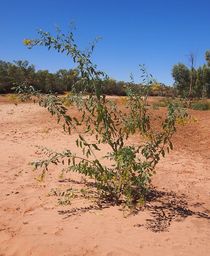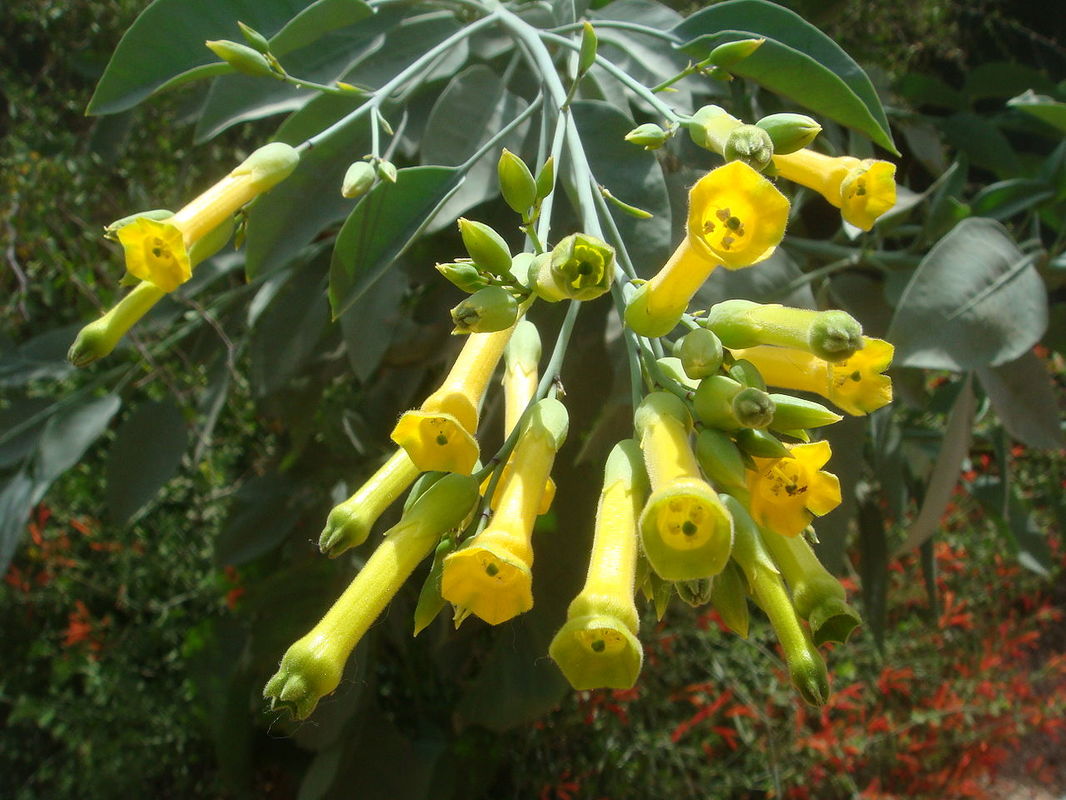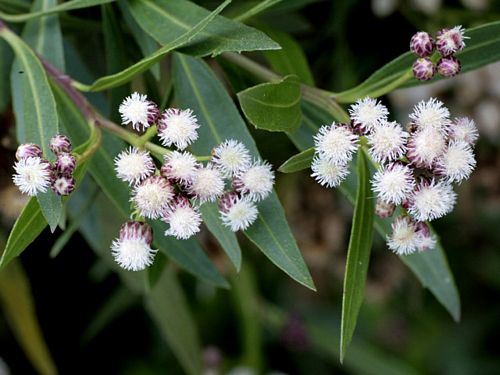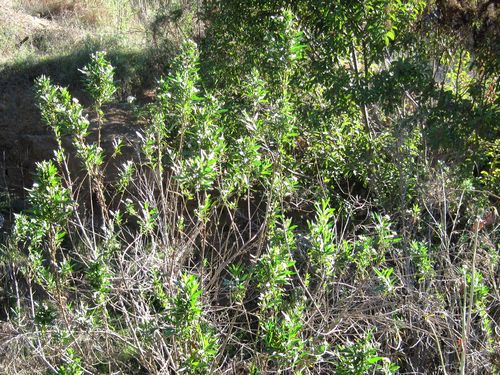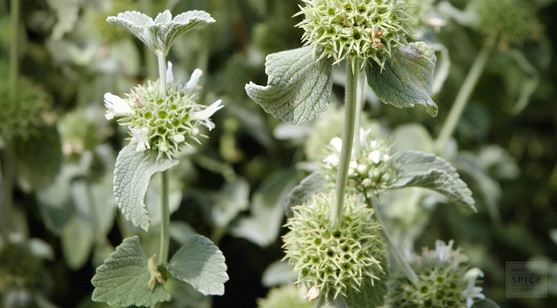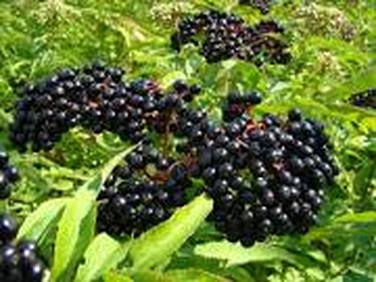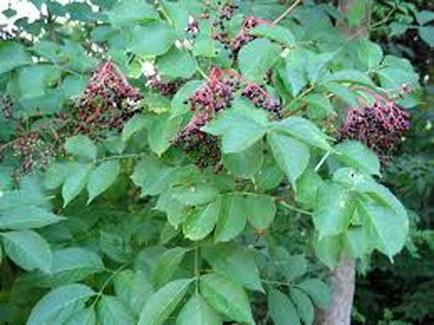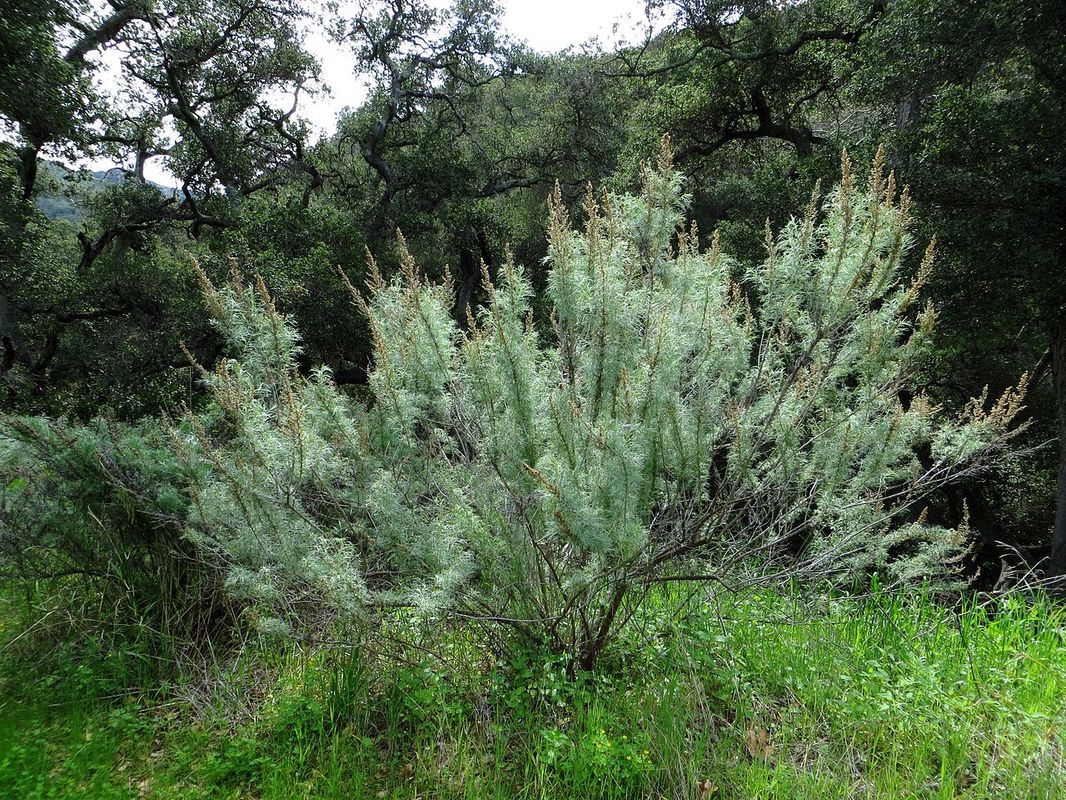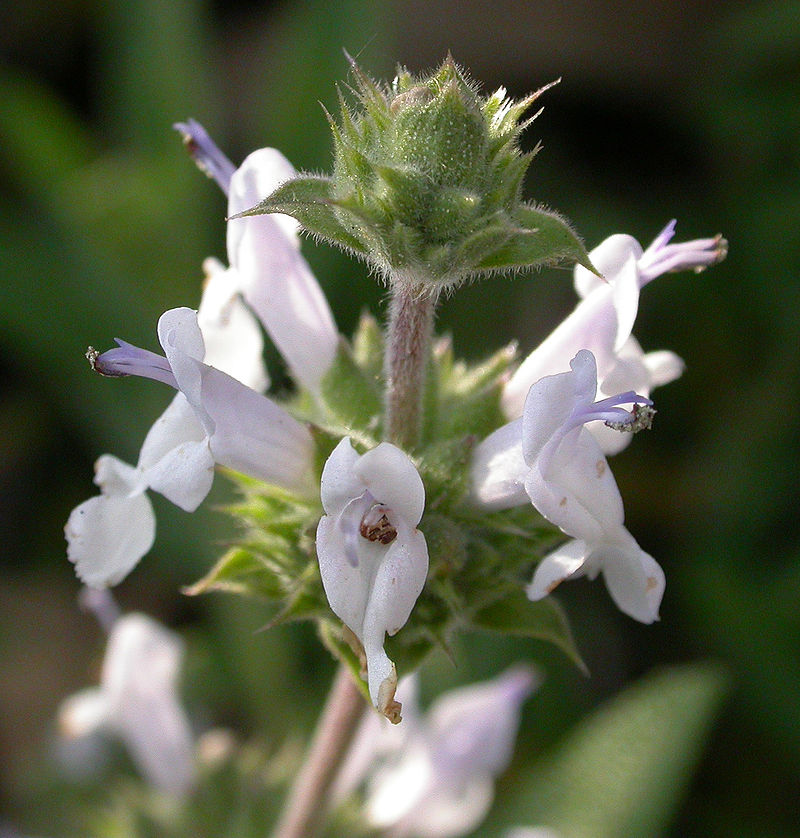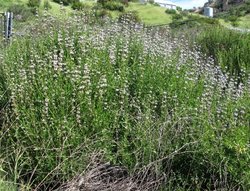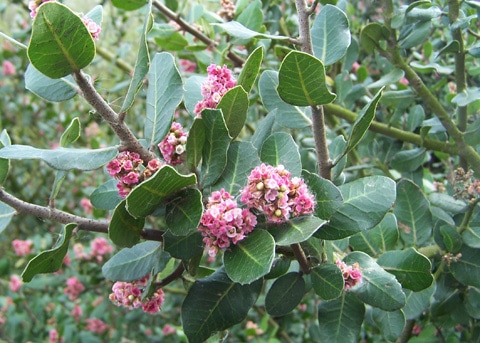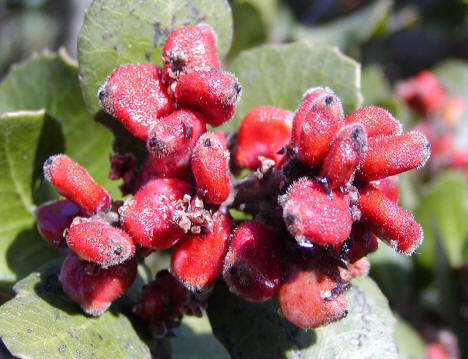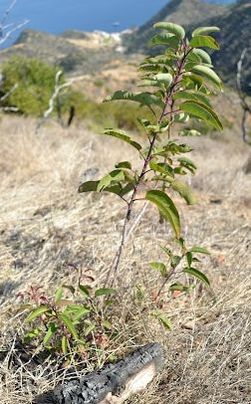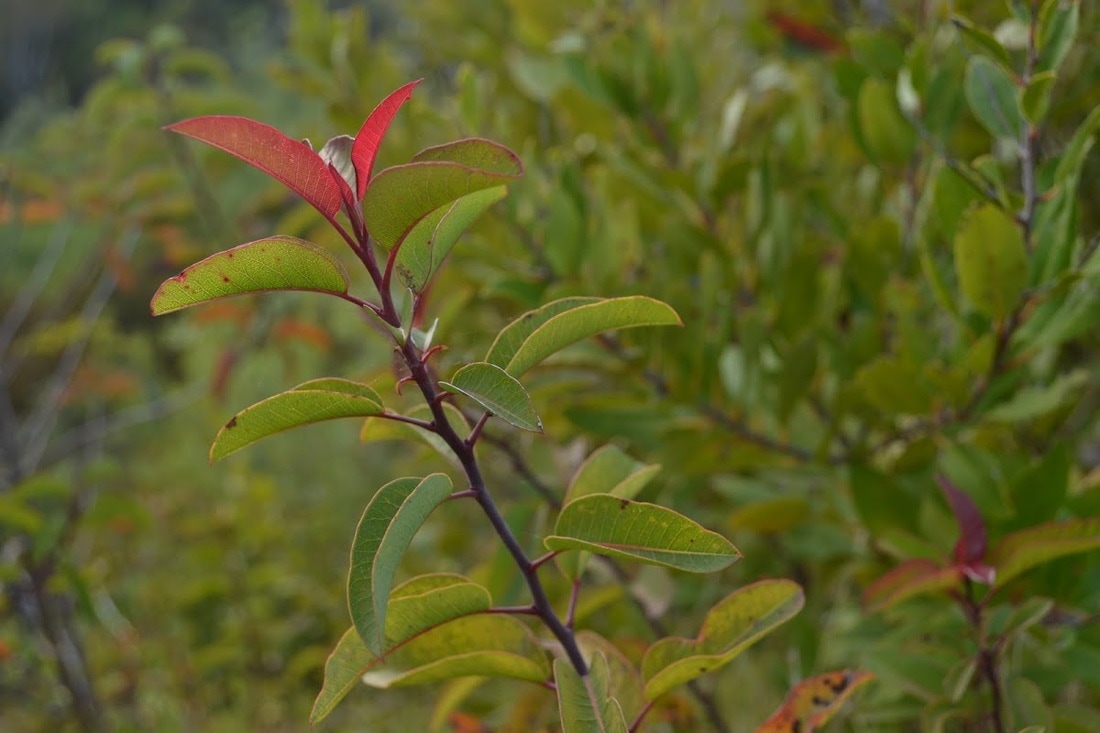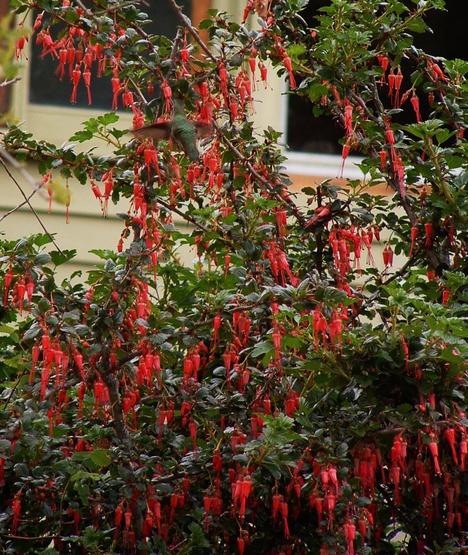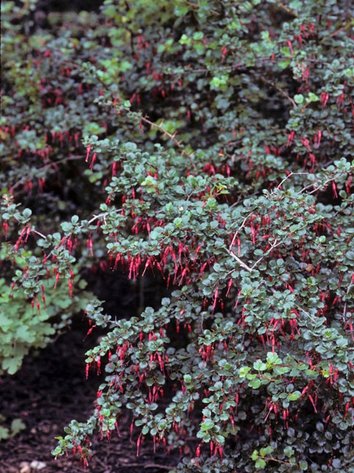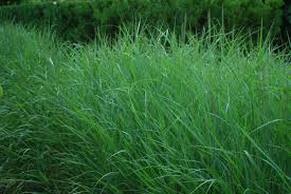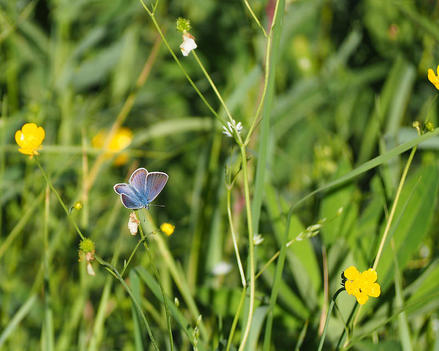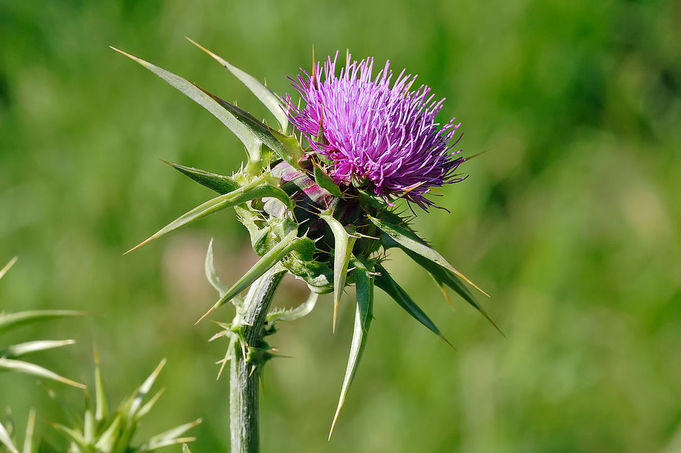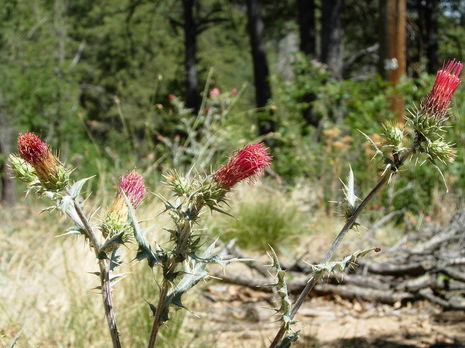Adaptations to Dry Climates
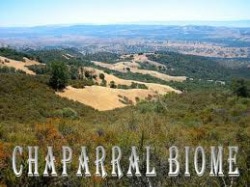
Plants have adapted to various climates. Today we will be exploring the adaptations plants have used to survive in hot dry summers and mild wet winters of California. We will be exploring the Rio Hondo College Wildlife Sanctuary located in Whittier, CA. The Sanctuary is a chaparral ecosystem which includes shrubs and plants that are somewhat tolerant of drought conditions. The rainfall is higher than is found in desert regions. However, the rainfall can be sporadic and occasional drought conditions are not uncommon.
This type of dry brush is also easily set ablaze in the hot dry summer months and becomes the site of multiple wildfires each year. Chaparral plants have adapted to thrive even in the presence of wildfires. Some of these plants can regenerate from only a small section of undamaged root lying protected in the ground. In fact, some of these plants have seeds that require the heat of a fire in order to germinate!
This type of dry brush is also easily set ablaze in the hot dry summer months and becomes the site of multiple wildfires each year. Chaparral plants have adapted to thrive even in the presence of wildfires. Some of these plants can regenerate from only a small section of undamaged root lying protected in the ground. In fact, some of these plants have seeds that require the heat of a fire in order to germinate!
The chaparral found at this location is covered with plants from the coastal sage scrub community. This ecosystem is known for having plants with evergreen leaves. These plants do not loose their leaves.
Plants for Dry Conditions. ... Characteristics of plants that normally are adapted to dry conditions include thick fleshy leaves; very narrow leaves (such as those of many evergreen species); and hairy, spiny, or waxy leaves. All of these are adaptations that help reduce the amount of water lost from the leaves
Tree Tobacco (Nicotiana glauca)
Images courtesy of By Miwasatoshi - Own work, GFDL, https://commons.wikimedia.org/w/index.php?curid=3819827
Mule Fat (Bacharris vulgare)
The Mule Fat is a flowering shrub with a peculiar name. It is native to the desert southwest of the United States and northern Mexico. The Mule fat is an extremely tough plant that can withstand drought and grown flowers year round.
Horehound (Marrubium vulgare)
Elderberry (Sambucus mexicana)
|
The elderberry is well-suited to the hot dry, fire-prone climate of the chaparral. the elderberry has thick leaves that retain moisture as a defense against hot dry summers. The elderberry is able to regenerate easily after a fire by using its leftover stump.
|
The elderberry produces blue berries which are used by humans and wildlife as a source of nutrition. Interestingly, the immature blue berry is actually poisonous.
|
California Sagebrush (Artemisia californica)
|
|
The California Sagebrush has a small base that spreads out with multiple branches. These shrubs remain somewhat small, reaching heights of about 5-8 feet.
The leaves of the California sagebrush are hairy and vary in color from light green to gray. They also tend to curl under at the edges. Image courtesy of By Antandrus at English Wikipedia, CC BY-SA 3.0, https://commons.wikimedia.org/w/index.php?curid=32925851
|
Black Sage (Salvia mellifera)
Lemonade-Berry (Rhus Intergrifolia)
The Lemonade-Berry has thick leathery leaves that retain water within the plant. This makes the Lemonade-Berry resistant to the drought conditions that are common in the chaparral. The oily substance on the berries can be harvested and made into a drink that tastes like lemonade.
Laurel Sumac (Rhus Laurina)
Poison Oak (Rhus Diversiloba)
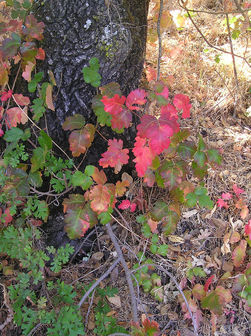
Poison oak grows in patches and can cause a painful itchy rash if touched with unprotected skin. It can grow tall or grow 13 feet tall or it can grow as a vine up to 100 feet long!
The plant is winter deciduous, so that after cold weather sets in, the stems are leafless and bear only the occasional cluster of berries. (Deciduous plants are plants that loose their leaves).
Without leaves the stems may sometimes be identified by occasional black marks where its milky sap may have oozed and dried.
Image courtesy of By Elf at English Wikipedia, CC BY-SA 3.0, https://commons.wikimedia.org/w/index.php?curid=6059118
The plant is winter deciduous, so that after cold weather sets in, the stems are leafless and bear only the occasional cluster of berries. (Deciduous plants are plants that loose their leaves).
Without leaves the stems may sometimes be identified by occasional black marks where its milky sap may have oozed and dried.
Image courtesy of By Elf at English Wikipedia, CC BY-SA 3.0, https://commons.wikimedia.org/w/index.php?curid=6059118
Coast Live Oak (Quercus agrifolia)
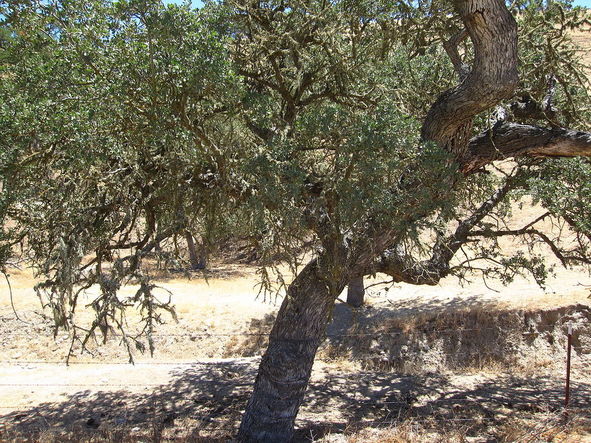
The California live oak is an evergreen oak. This means they do not loose their leaves and their leaves stay green year round. This oak is the only California native oak that is tolerant of salty ocean spray. It is also able to gather moisture from coastal fog.
By PeterOMalley - Own work, CC BY-SA 3.0, https://commons.wikimedia.org/w/index.php?curid=8312938
By PeterOMalley - Own work, CC BY-SA 3.0, https://commons.wikimedia.org/w/index.php?curid=8312938
Gooseberry (Ribes speciosum)
Mustard Plant
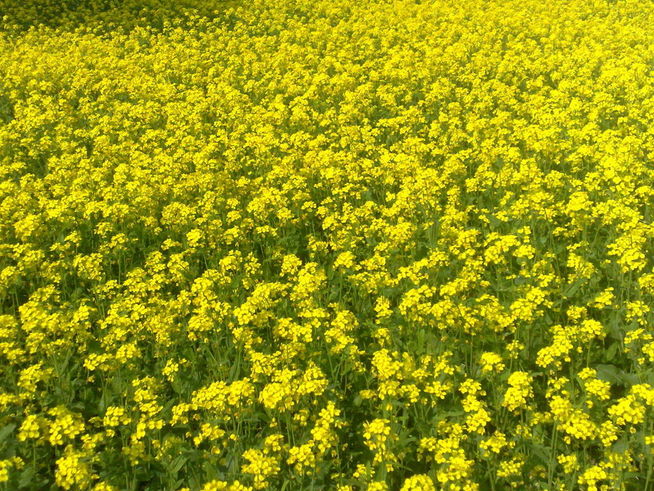
Mustard plants contain several species. Grinding and mixing the seeds with water, vinegar, or other liquids, creates the yellow condiment known as prepared mustard. The seeds can also be pressed to make mustard oil, and the edible leaves can be eaten as mustard greens. Recent research has studied varieties of mustards with high oil contents for use in the production of biodiesel, a renewable liquid fuel similar to diesel fuel. The biodiesel made from mustard oil has good cold flow properties and cetane ratings. The leftover meal after pressing out the oil has also been found to be an effective pesticide.
By Hopeoflight - Own work, CC BY-SA 3.0, https://commons.wikimedia.org/w/index.php?curid=23670673
By Hopeoflight - Own work, CC BY-SA 3.0, https://commons.wikimedia.org/w/index.php?curid=23670673
Grasses
California Buckwheat (Eriogonum fasciculatum )
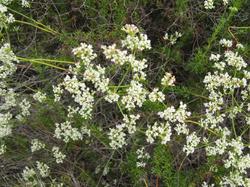
California buckwheat (or flat-topped buckwheat, Eriogonum fasciculatum) is a prolific bloomer even in the long hot days of summer. The low, spreading shrub bears clusters of white to pinkish flowers, which become a conspicuous mahogany color in the fall. The small, narrow, rolled leaves resemble those of rosemary. This is not the buckwheat of pancake-fame, but it is an important nectar source for bees, and the resultant honey is delicious
Thistle
|
The thistle is an invasive species of flowering plants that have sharp prickled leaves and stems. The prickles are an adaptation that protects it from hungry predators.
|
The thistle can be biennial (living 2 years) or perennial (living more than 2 years). The short life cycle of the thistle helps the plant survive the hot dry conditions of the chaparral. In years of extreme drought, the thistle can greatly speed up its life cycle, completing its life cycle in as little as 3 months. This behavior leads to many normally biennial plants being treated as annuals in some areas.
|
California Holly (Heteromeles arbutifolia)
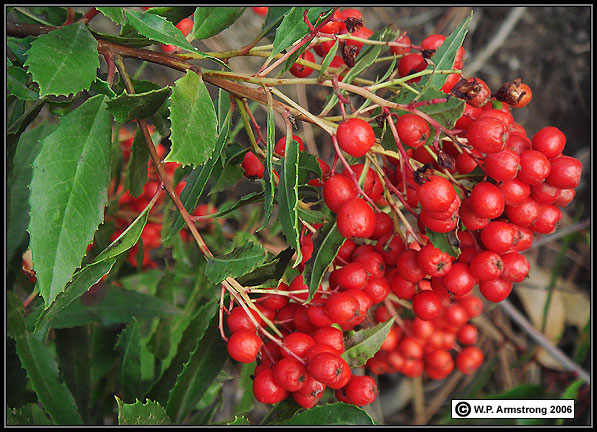
Hollywood, CA got its name from the California Holly Bush that dominates the hills of the Southern California Coast. The California holly bush has adapted to the hot dry conditions of the chaparral.

